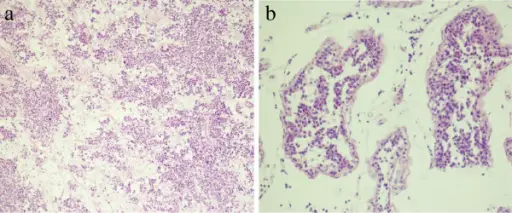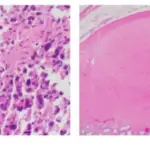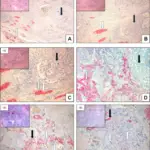Spermatocytic seminoma is a rare testicular germ cell tumor affecting mostly old men.
What is the Pathology of Spermatocytic Seminoma?
The pathology of spermatocytic seminoma is:
-Etiology: The cause of spermatocytic seminoma is unknown
-Genes involved: Unknown.
-Pathogenesis: The sequence of events that lead to spermatocytic seminoma is not well known,
-Morphology: The morphology associated with spermatocytic seminoma shows homogeneous, higher, softer, and more yellow in color and gelatinous than the classic seminoma
-Histology: The histology associated with spermatocytic seminoma shows a significantly in size from lymphocyte-like to huge mononucleate or multinucleate giant cells. Malignant cells contain eosinophilic cytoplasm that lacks glycogen.
How does Spermatocytic Seminoma Present?
Patients with spermatocytic seminoma typically affect old males present at an age range of 50 to 70 years. The symptoms, features, and clinical findings associated with spermatocytic seminoma include unilateral, painless and gradually widening testicular mass.
How is Spermatocytic Seminoma Diagnosed?
Spermatocytic seminoma is diagnosed through imaging studies such as testicular ultrasonography, and biopsy.
How is Spermatocytic Seminoma Treated?
Spermatocytic seminoma is treated through radical orchiectomy
What is the Prognosis of Spermatocytic Seminoma?
The prognosis of spermatocytic seminoma is good if treated while confined to the testes.



